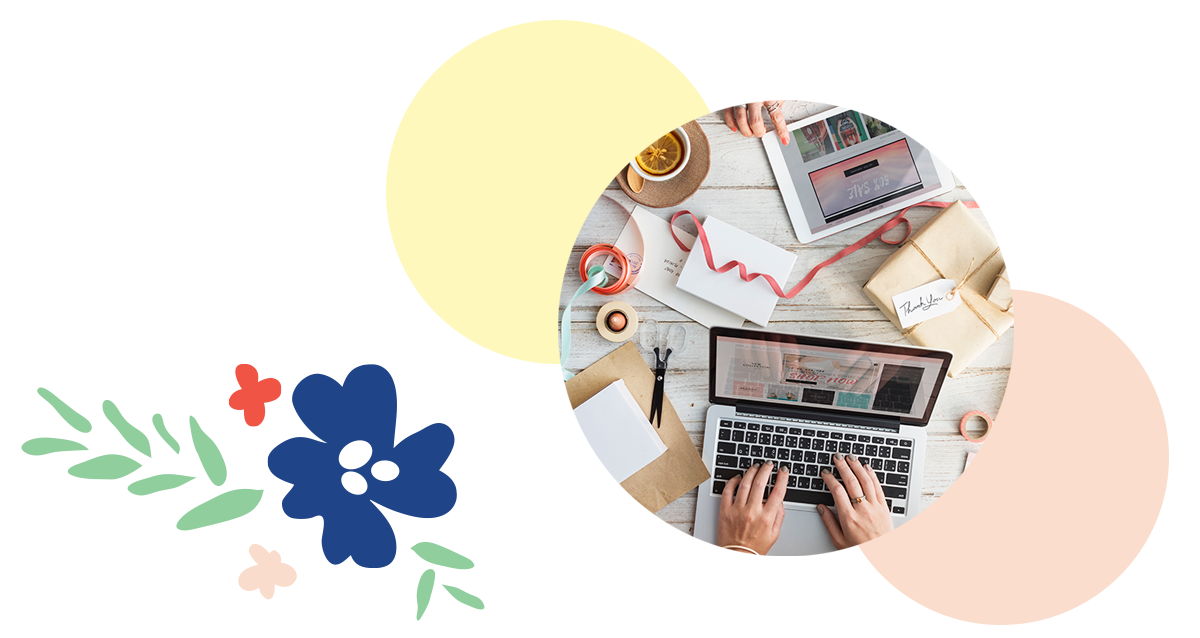The new CARES Act has appropriated $377B in funds for small businesses. To help you understand what relief is available, we've summarized the 2 new loans.
Additional highlights from the CARES Act
$300B in relief for you and your customers is coming
American singles making $99k or less, or households making $198k or less, should see funds in as soon as 3 weeks.
Businesses are getting a tax break
Business and income taxes will be deferred and, if you've fixed up your store over the last 2 years, it should be easier to write off that expense.
Plus, additional support for our communities
There will be vastly expanded unemployment benefits, support for our healthcare system, and more.
Understanding the new loans
According to the Senate, small businesses can get both EIDL and PPP loans, as long as they don't pay for the same expenses. Before taking both, check with a financial advisor or lender.
The overall package is pending guidance from the SBA, but there are steps to take now. While circumstances may affect your loan eligibility, we hope this informational resource helps, and encourage you to also seek personalized advice from qualified professionals.
LOAN 1: Get a $10,000 advance in 3 days or less
The Economic Injury Disaster Loan (EIDL) is an emergency program offering small business loans up to $2M. It also includes a grant for eligible businesses to receive a cash advance of up to $10,000 that you're not required to repay.
Who should consider EIDL?
Smaller businesses who require less cash
Loans are available up to $2M per business. You may want to consider this option if you have less than $65k in annual operating costs—the advance may be greater than the loan forgiveness. You can qualify for up to $200k without a personal guarantee or collateral.
Businesses who need immediate cash
If the 3-day $10,000 disbursement will help you pay payroll, provide sick leave, or finance debt, you may want to consider this option.
Who is eligible?
Across all 50 states, any business with less than 500 employees who has been operating since Jan 31, 2020 and has been adversely impacted by COVID-19 is eligible for the $10,000 grant. Certain restrictions may apply if you have affiliates or outside investors.
Certain restrictions may apply if you have affiliates or outside investors.
According to the Senate, if you took advantage of the EIDL grant award of up to $10,000, that amount would be subtracted from the amount forgiven under PPP.
What's the application process?
The grant application is available online through the SBA's application portal.
If you have previously applied under the old application form, you'll need to reapply for the advance now that the system is updated with a streamlined application.
What paperwork will I need?
You'll just need your credit score and the new self-certification form—no tax returns required.
How soon will I see relief?
The $10,000 grant will be administered within 3 days of submitting your application. Additional loan relief is being offered on a first come, first serve basis to businesses across all 50 states, so you may see longer wait times for loans.
LOAN 2: Get 8 weeks of operating expenses back
Who should consider PPP loans?
Medium-sized businesses who need more cash
Relief from the PPP loans program will go up to the lesser of $10M per business or 250% of monthly payroll expenses (including certain benefits), while the EIDL program is capped at $2M.
Businesses with over $65k in annual operating costs
A business with at least $65k in annual operating expenses covered by the loan can get 8 weeks of that back, equalling a $10k reimbursement or more.
Who's eligible?
Any business with less than 500 employees (including sole proprietors, self-employed, and "gig economy" individuals) that has been operating since February 15, 2020.
Any business who maintains payroll until at least June 30, 2020 is eligible for loan forgiveness. Companies can correct past reductions in payroll by rehiring to receive full loan forgiveness.
Certain restrictions may apply if you have affiliates or outside investors.
According to the Senate, if you took advantage of an EIDL grant award of up to $10,000, that amount would be subtracted from the amount forgiven under PPP. You can take out a state bridge loan and still be eligible for the PPP loan.
What's the application process?
The current application is long and complicated. The SBA has up to 15 days to establish new rules, and it's likely that they will shorten the application dramatically. For now, talk to an SBA-approved lender to understand their requirements.
You can either apply through the SBA or directly with any number of SBA-approved lenders, like J.P. Morgan or Wells Fargo. The number of available lenders is expected to increase to meet the demand.
The application deadline is June 30, 2020.
What paperwork will I need?
As it's set up today, this option requires a lot of paperwork. We're hopeful that the amount required will be reduced, but here are some helpful documents to have ready:
- 3 years of income tax returns
- Profit and loss (P&L) statement
- Projected financial statements
- Names and addresses of any subsidiaries
- Business certificate or license
- Loan application history
- Business lease
- Your résumé
How soon will I see relief?
Loans from the SBA have historically taken about 45 days, but we're hopeful that funds will be distributed faster. The CARES Act is removing steps to help expedite relief, including allowing approved lenders to make decisions on applications without having to go back to the SBA for approval. The SBA is also bringing on new lending partners to help with quicker fund dispersal.
-----
Reposted from Faire. For more information, please visit the Faire website.


